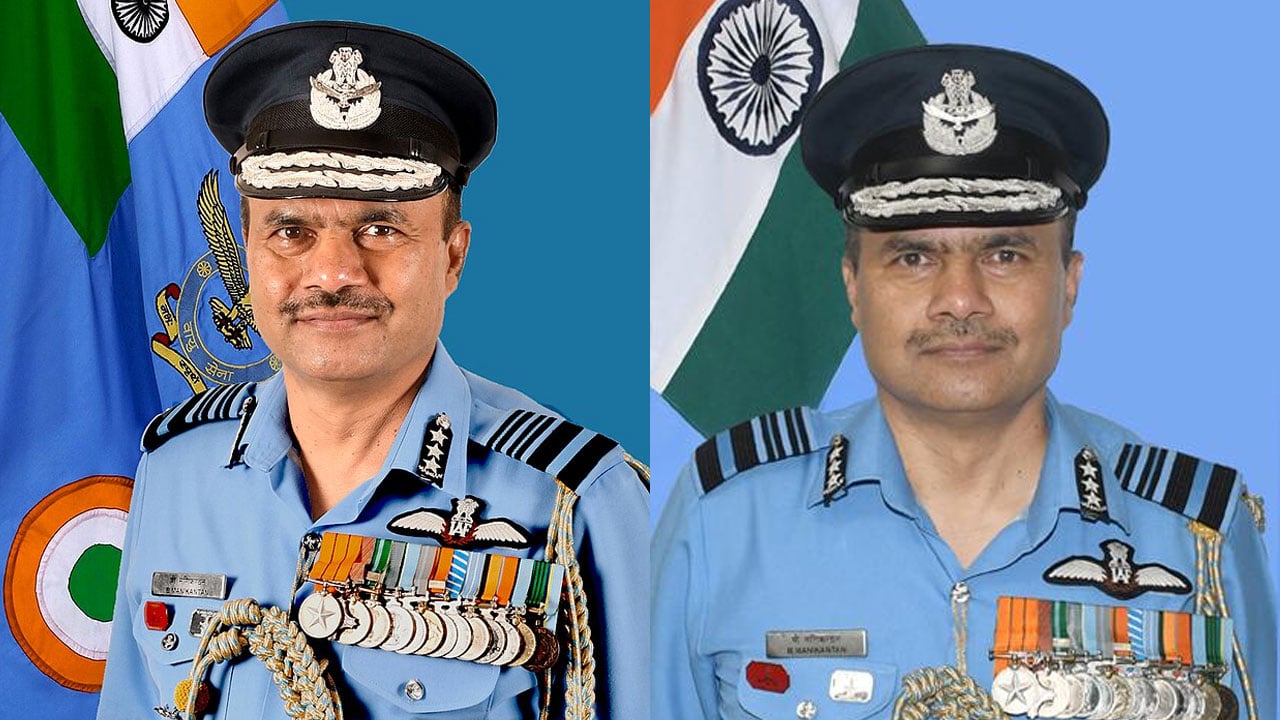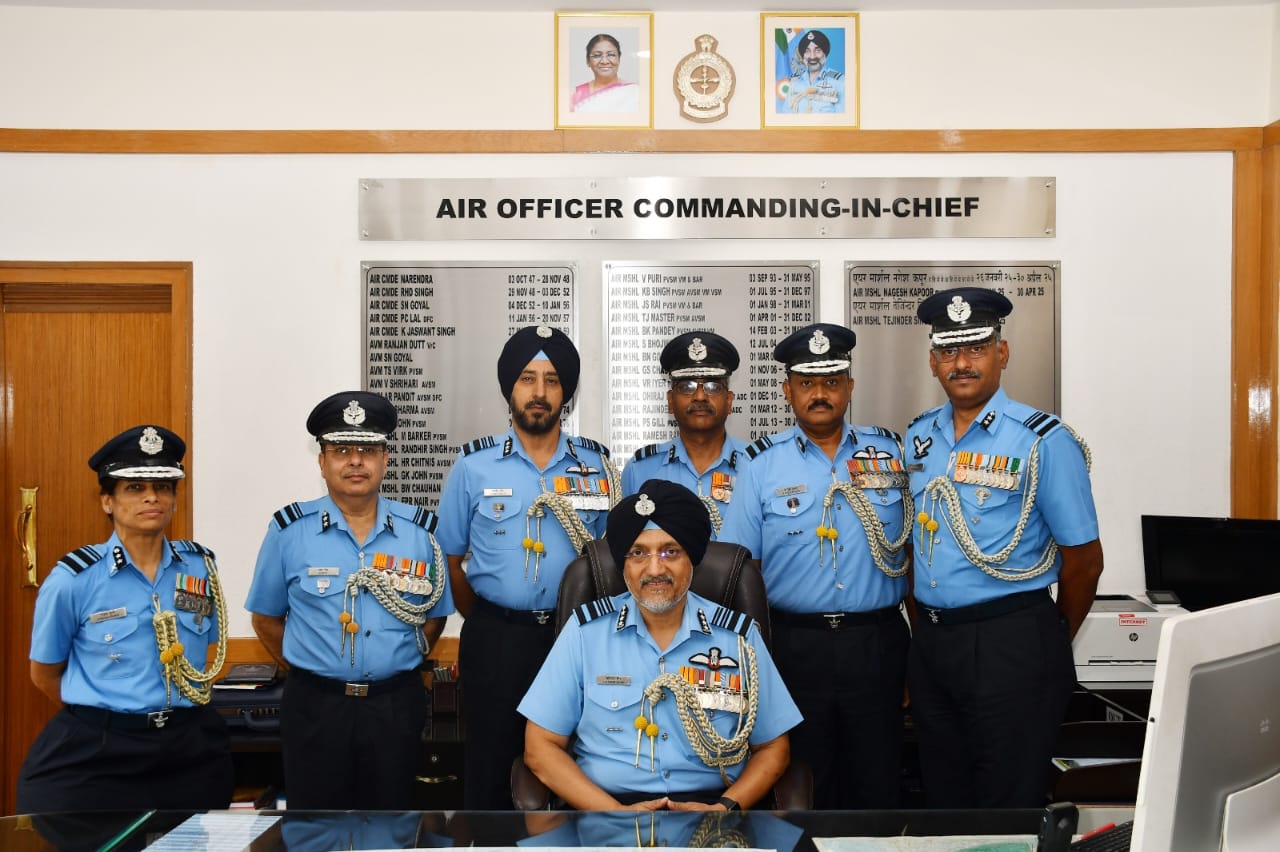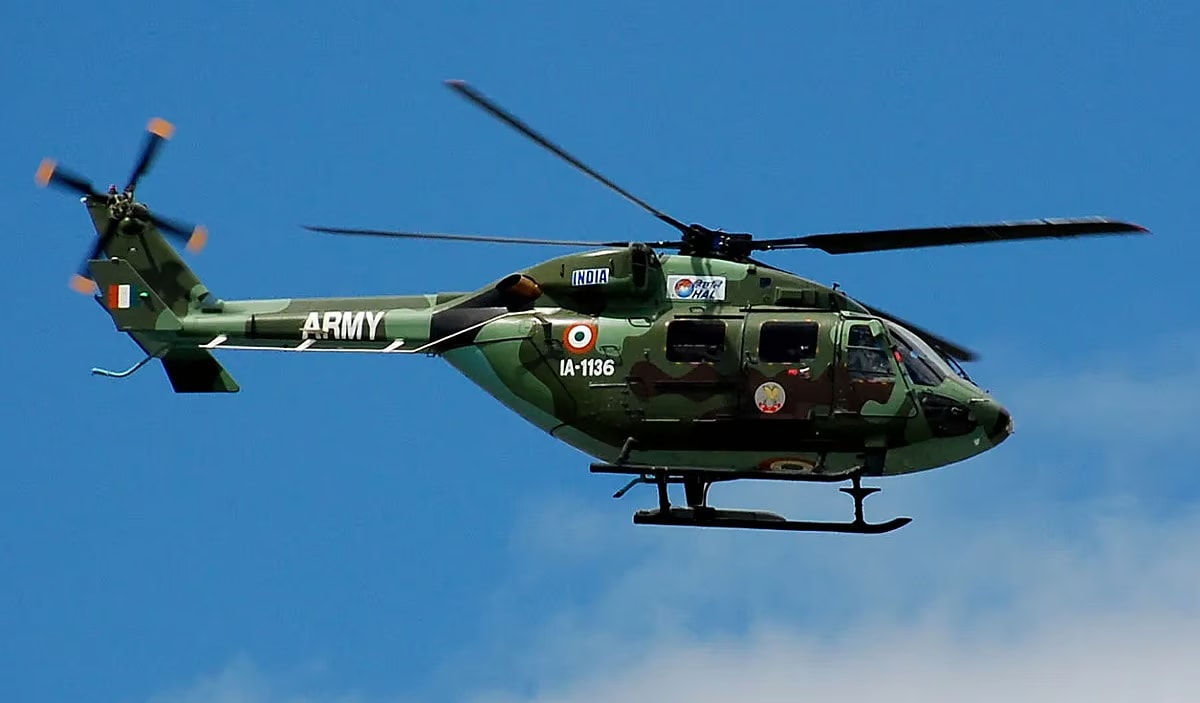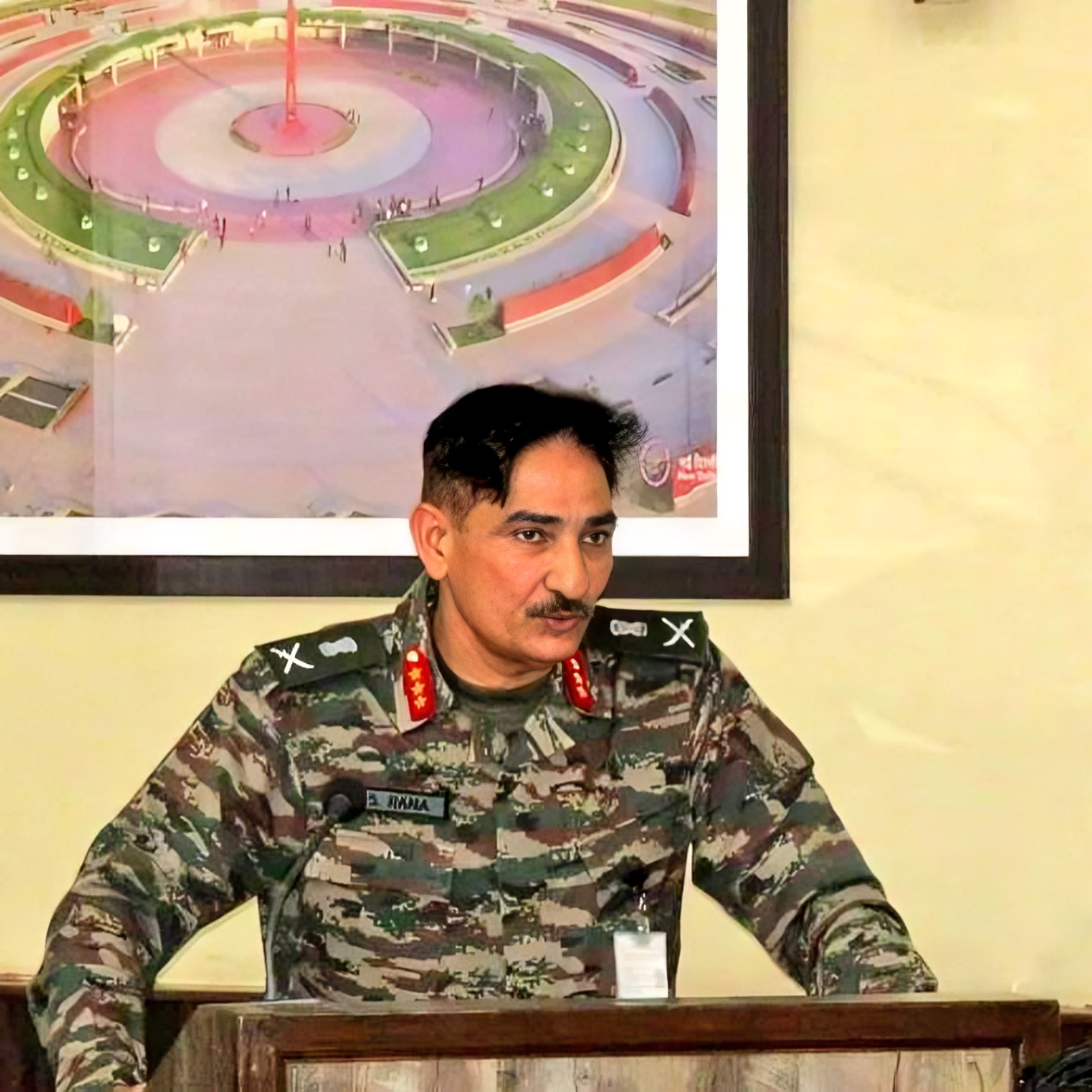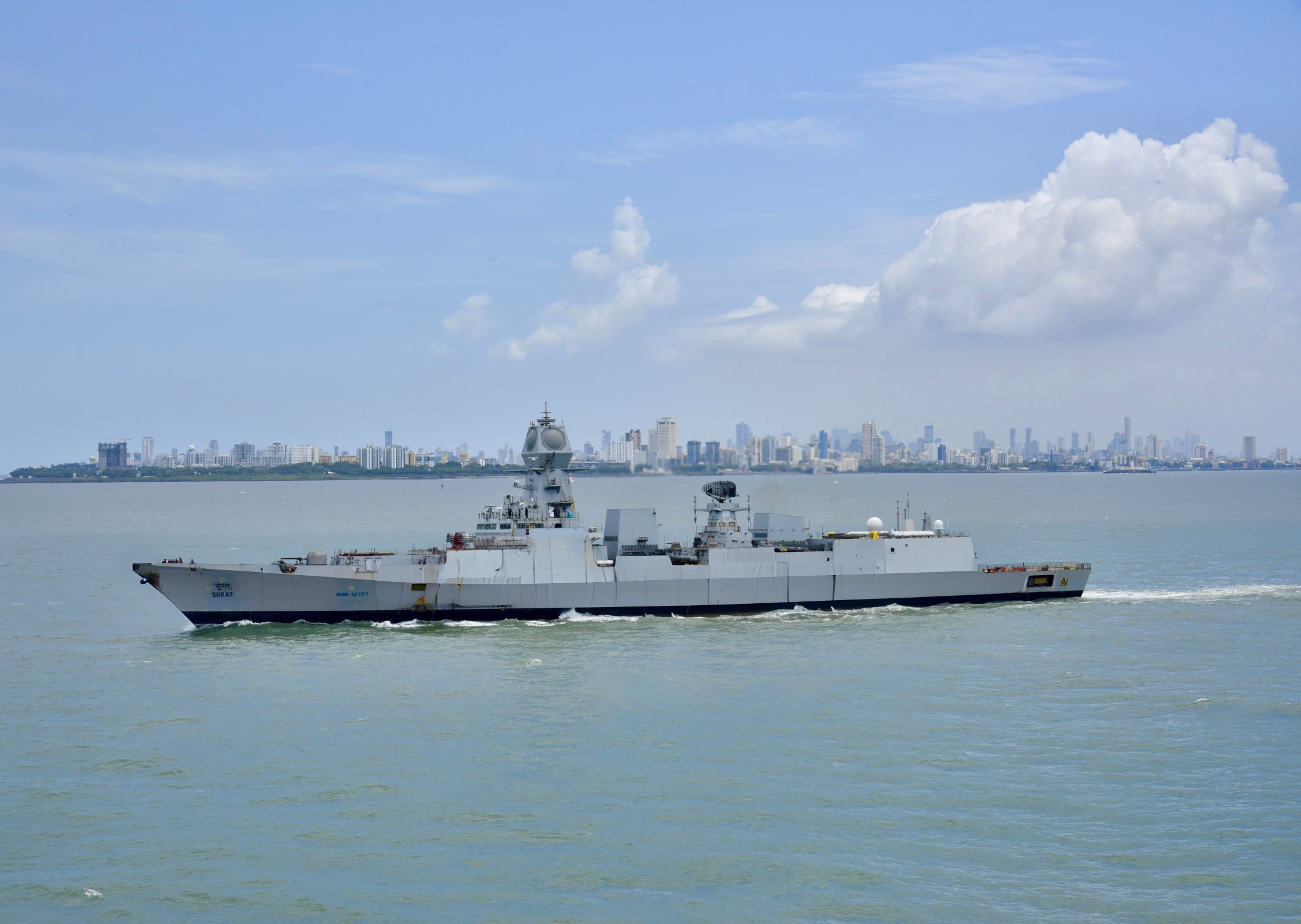Air Marshal Balakrishnan Manikantan Assumes Command of Central Air Command
In a ceremonious and dignified transition, Air Marshal Balakrishnan Manikantan PVSM, AVSM, VM took charge as the Air Officer Commanding-in-Chief…
India And Egypt Strengthen Counter-Terrorism Partnership
India and Egypt have reaffirmed their strategic commitment to combat terrorism in all its forms, following the 4th Meeting of…
Air Marshal Tejinder Singh Takes Over The Command Of Training Command in Bengaluru
Air Marshal Tejinder Singh formally assumed command of the Indian Air Force (IAF) Training Command today during a ceremonial event…
ALH Dhruv Cleared for Service After Safety Overhaul, Confirms HAL
The Advanced Light Helicopter (ALH) Dhruv, a flagship product of Hindustan Aeronautics Limited (HAL), has been cleared for operational deployment…
Lt Gen DS Rana Appointed Commander-in-Chief of Andaman and Nicobar Command
In a major leadership development for India’s defense establishment, Lieutenant General DS Rana has been appointed as the new Commander-in-Chief…
INS Surat Arrives At Surat: City Welcomes AI-Enabled Naval Warship
The city of Surat marked a momentous occasion today as INS Surat, the Indian Navy’s state-of-the-art guided-missile destroyer, made its…

